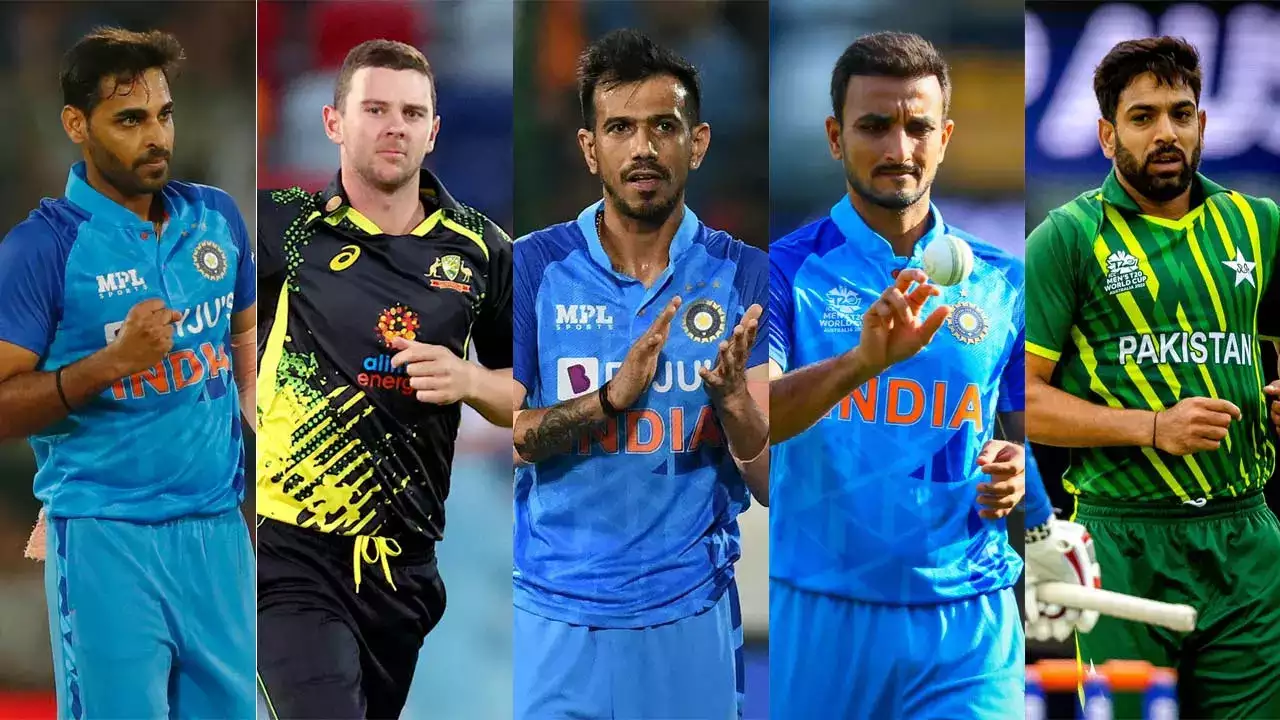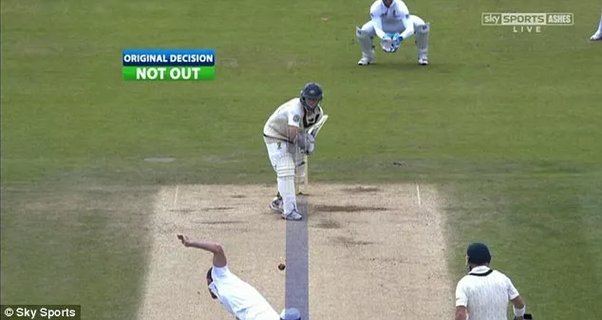District Level Cricket Players Salary
Introduction
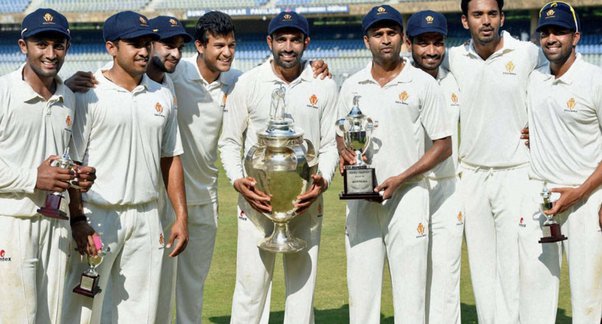
Cricket is a sport that captivates millions around the world, with the glamour and high earnings of international and national players often making headlines. However, the journey to the top begins at the grassroots level, where district-level players hone their skills and aspire to reach greater heights. Understanding the salary structure of district-level cricket players provides insight into the financial realities of those in the early stages of their cricketing careers. This amount can range from $20 to $100 per match, depending on the location and the financial resources of the organizing body.
Overview of District Level Cricket
District-level cricket serves as the foundation for the sport in many countries. It is where young and aspiring cricketers get their first taste of competitive cricket outside school or local club environments. District-level tournaments and leagues are organized by local cricket associations or governing bodies to identify and nurture talent for higher levels of competition.
Salary Structure
The salary of district-level cricket players can vary widely based on several factors, including the country, the financial health of the local cricket association, sponsorship, and the prominence of cricket in the region. Here is a general overview:
1. Stipends and Match Fees:
- Basic Earnings: District-level players usually receive stipends or match fees for participating in tournaments and leagues. This amount can range from $20 to $100 per match, depending on the location and the financial resources of the organizing body.
- Training Allowances: Some associations provide additional allowances for training sessions, travel, and accommodation during tournaments, which can further support the players financially.
2. Sponsorships and Endorsements:
- Local Sponsorships: Talented district-level players might attract local sponsors who provide financial support or cricketing gear. This can supplement their earnings, although such sponsorships are often limited in scope and value.
- Equipment Deals: Occasionally, promising players might receive equipment deals from local sports shops or brands, offering free or discounted cricket gear.
3. Government and Institutional Support:
- Government Grants: In some countries, district-level cricket is supported by government grants or sports development funds aimed at promoting grassroots sports. These grants can provide additional financial assistance to players.
- Institutional Support: Players who represent educational institutions or corporate teams may receive scholarships or stipends as part of their participation in district-level cricket.
4. Seasonal Contracts:
- Short-Term Contracts: Some district cricket associations offer short-term contracts for the duration of specific tournaments or seasons. These contracts may include a fixed salary ranging from $200 to $500 per month.
- Performance Bonuses: Players who perform exceptionally well in district tournaments may receive performance bonuses, which can provide additional financial incentives.
Challenges and Considerations
1. Financial Stability:
- Limited Earnings: For many district-level players, cricket may not provide a stable or sufficient income to rely on as a full-time profession. Many players pursue education or secondary jobs alongside cricket.
- Inconsistent Payments: In some regions, delays or inconsistencies in payments from cricket associations can pose financial challenges for players.
2. Pathway to Professional Cricket:
- Investment in Training: Despite limited earnings, district-level players often invest their own resources into training, coaching, and fitness to improve their chances of progressing to higher levels.
- Exposure and Opportunities: Performing well at the district level is crucial for gaining visibility and opportunities to be selected for state or national level teams, where earning potential is significantly higher.
The Journey of District Level Cricket Players
Cricket, often regarded as a religion in countries like India, Pakistan, and Australia, has a vast ecosystem that nurtures talent from the grassroots to international fame. At the core of this ecosystem are district-level cricket players, who form the foundation of future cricketing stars. This article delves into the journey, challenges, and aspirations of district-level cricket players, highlighting their crucial role in the sport’s development.
The Beginning: Discovering Talent
District-level cricket is often the first formal step for many young cricketers. Talent is usually identified through local school tournaments, club matches, and community games. Scouts and coaches from district cricket associations visit these events to spot promising players. Those who show potential are invited to join district training camps where they receive structured coaching and exposure to competitive cricket.
Training and Development
District-level players undergo rigorous training regimes designed to enhance their skills, fitness, and mental toughness. Training typically includes:
- Technical Skills: Coaching on batting, bowling, and fielding techniques to refine their abilities.
- Fitness Training: Emphasis on physical fitness, including strength, agility, and endurance exercises.
- Mental Conditioning: Psychological support to help players handle pressure and develop a strong, competitive mindset.
- Match Practice: Regular intra-district matches and practice sessions to simulate real-game scenarios and provide practical experience.
Competitions and Exposure
District-level players participate in various tournaments organized by state cricket associations. These competitions serve as a platform for players to showcase their talent and gain valuable match experience. Performing well in these tournaments can lead to selection for state-level teams, which is a significant step toward national recognition.
Challenges Faced by District Level Players
Despite their passion and dedication, district-level players often face numerous challenges:
- Limited Resources: Many district cricket associations operate with limited financial resources, affecting the quality of training facilities and equipment.
- Balancing Education and Sports: Young cricketers must balance their academic responsibilities with their cricketing commitments, which can be challenging.
- Lack of Exposure: Compared to their counterparts in major cities, district-level players may have fewer opportunities to play against top-tier competition.
- Financial Constraints: The cost of travel, equipment, and coaching can be a burden for many families, potentially hindering a player’s progress.
Pathway to Professional Cricket
Success at the district level can open doors to higher levels of competition. Players who excel in district tournaments may be selected for state teams, where they compete in prestigious tournaments such as the Ranji Trophy in India, the Sheffield Shield in Australia, or the County Championships in England.
Performances in state-level cricket can lead to selection for national academies and age-group teams, such as the Under-19 national team. From here, players have the opportunity to be noticed by national selectors and potentially earn a place in the national team.
Inspirational Stories
Many renowned cricketers began their journey at the district level, proving that with talent and perseverance, district-level cricket can be a launchpad to international stardom. For instance, Indian cricket legends like Sachin Tendulkar and Mahendra Singh Dhoni started their cricketing careers in district-level cricket before making it to the national team and achieving global fame.
Cricketers in District Level Cricket
Rahul Sharma (Delhi District Cricket Association)

Rahul Sharma, a promising all-rounder from the Delhi District Cricket Association (DDCA), has made waves with his consistent performances. Known for his explosive batting and handy off-spin bowling, Rahul has become a pivotal player for his district team.
- Batting Prowess: Rahul’s aggressive batting style has seen him score numerous centuries and half-centuries in district tournaments. His ability to clear the boundary with ease has made him a crowd favorite.
- Bowling Skills: As an off-spinner, Rahul has a knack for breaking partnerships and providing crucial breakthroughs. His variations and control make him a valuable asset in any team.
- Achievements: Rahul was the leading run-scorer in the last two seasons of the DDCA league and has also taken several five-wicket hauls. His all-round performances have earned him recognition and the potential for selection in higher-level teams.
Vikram Singh (Karnataka State Cricket Association)
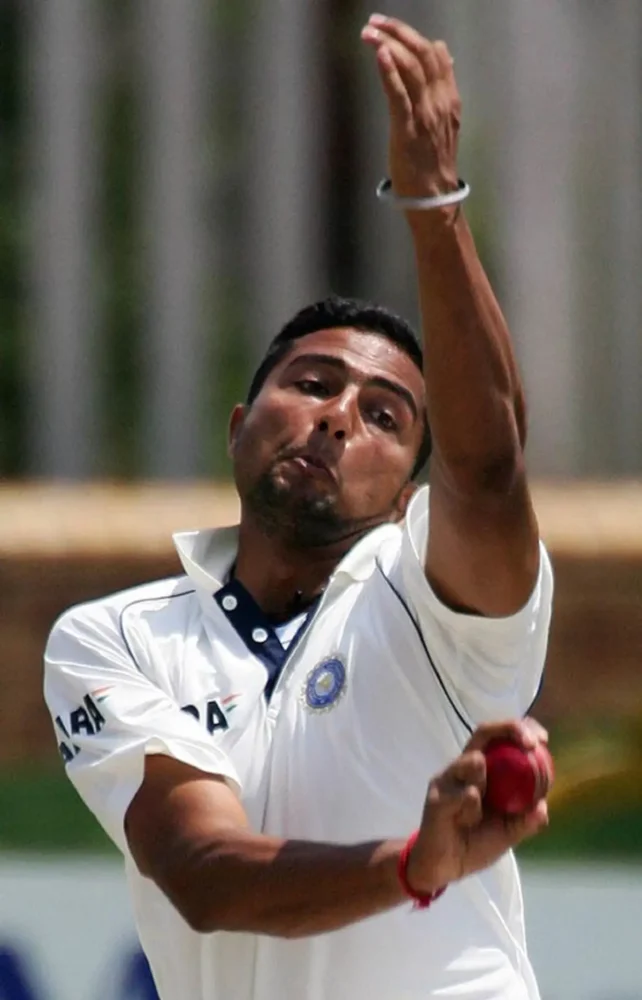
Vikram Singh, a fast bowler from the Karnataka State Cricket Association (KSCA), has impressed with his pace and accuracy. His ability to swing the ball and bowl deadly yorkers has made him a key player in district tournaments.
- Bowling Speed and Accuracy: Vikram is known for his express pace and ability to bowl with pinpoint accuracy. His ability to swing the ball both ways poses a constant threat to batsmen.
- Match-winning Performances: Vikram has frequently turned matches in his team’s favor with his exceptional bowling spells. He has a knack for taking early wickets and breaking through top orders.
- Achievements: Vikram was the leading wicket-taker in the KSCA district league last season, with several five-wicket hauls. His performances have been instrumental in his team’s success and have garnered attention from state team selectors.
Kamran Khan (Lahore District, Pakistan)
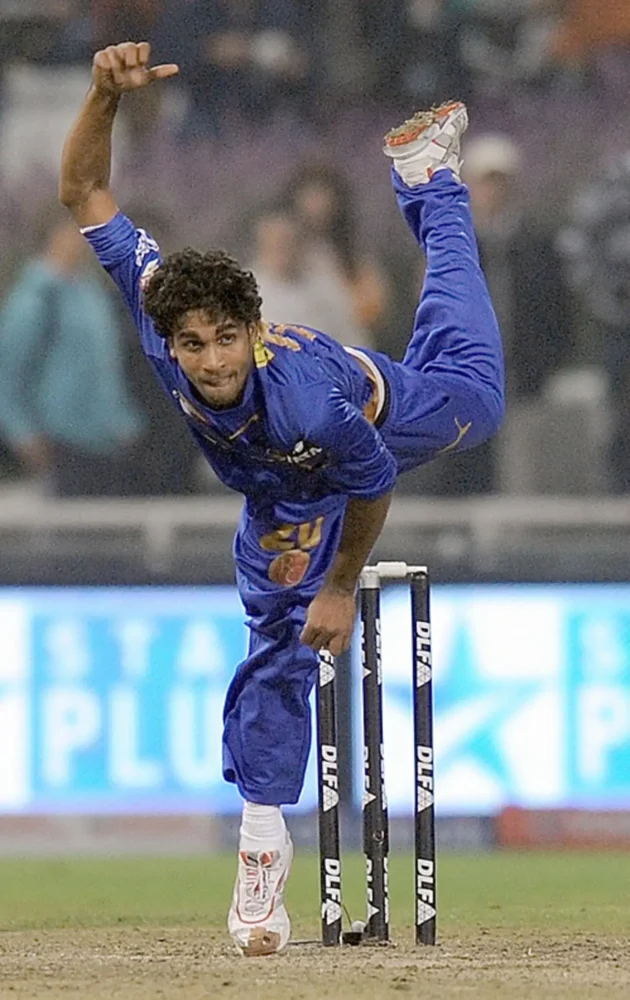
Kamran Khan is a left-arm spinner who has emerged as a standout performer in Lahore district cricket. His ability to spin the ball sharply and deceive batsmen has earned him recognition among peers and coaches alike.
- Spin Bowling Skills: Khan’s mastery of flight and variations makes him a potent threat on turning tracks, often picking up crucial wickets for his team.
- Economic Bowling: Known for his ability to maintain a tight line and length, Khan puts pressure on opposition batsmen, forcing errors and building pressure.
- Consistency: Khan’s consistent performances in district-level tournaments have established him as a dependable spinner, capable of containing runs and striking at critical moments.
Conclusion
The salary of district-level cricket players reflects the grassroots nature of the sport, with earnings primarily consisting of stipends, match fees, and occasional sponsorships. While the financial rewards at this level may be modest, district cricket serves as a crucial stepping stone for aspiring cricketers aiming to reach the professional and international stages. Despite the financial challenges, the passion for cricket and the dream of achieving higher accolades keep these players motivated and dedicated to their craft.


